Mexico offers you a variety of natural environments to choose from when seeking places to live, work, or retire here. This article explains options for living in Mexico’s highlands, including the key benefits, considerations, and a list of places for you to explore in more detail.
The sweeping landscape of Mexico’s central highlands (also known as the Mexican Altiplano) is home to some of the country’s most picturesque and agreeable colonial towns and cities which offer an abundance of character and culture—and the benefits of mountain living.
The benefits of mountain living in Mexico
Living at elevation —typically, Mexico’s inland colonial towns and cities are situated at elevations of at least 4,000 feet above sea level— offers several benefits:
Ideal climates
Many places situated at elevation in Mexico offer the benefit of year-round temperate, low-humidity, climates created by a combination of the locations’ latitude and an average elevation around 6,000 feet above sea level which make it a pleasure to live and be outdoors, and an ideal location to enjoy active outdoor activities.
Enjoy plenty of daylight all-year
Year-round and especially during the winter, you benefit from at least ten hours of daylight every day of the year, with no shortage of daylight hours in the winter, and you also enjoy extended light into the evenings during the late spring and summer months. You can learn about climates through the seasons in Mexico here on Mexperience.
Fresh highland air and breathtaking views
Enjoy crisp, fresh, mountain air which complements the magnificent views from local vantage points, and elevations that can aid your good health and general well-being without being too high so as to become uncomfortable.
Access to good local infrastructure and amenities
Many of Mexico’s popular colonial highland towns and cities offer provincial living with plenty of local fresh food and produce markets, (much of it grown locally), independent shops and boutique traders, with accessibility to popular big-brand stores, outlets, and supermarkets as well as specialized stores offering foods and homewares foreign residents often seek out when living here. Most colonial cities also have adequate-to-excellent healthcare facilities locally; in smaller towns, more extensive facilities are available in larger nearby cities.
Well-connected to transport links
You’ll discover that the highland towns are well connected by modern roads, most are serviced by frequent intercity bus services, and some also have airports nearby. High-speed internet access is available in your home, as well as wireless data over advanced mobile networks which form part of Mexico’s extensive communications infrastructure.
Integrate into genuine local communities
Many of the colonial towns and cities offer you the opportunity to participate and integrate in local communities. Here you can discover authentic neighborhoods and real local community spirit, and if you choose to, you can integrate with local lifestyles and community groups, and forge long-term friendships.
Considerations for mountain living in Mexico
Mountain living isn’t for everyone. Some people yearn to be near the ocean with year-round warmth, whereas highland towns tend to be cooler—and may even get cold at times during the winter months. A very small number of people find that they can’t adjust to living at higher elevations, while others find the mountain towns too remote, rural, or provincial for their lifestyle preferences or intentions.
If you’re unsure, visit for an extended stay
An ideal way to determine if mountain life in Mexico will suit you is to invest in a trial period —perhaps six months to a year— and see how you respond to the experience. When you take the time to explore, you’ll discover thriving communities where, when you’re prepared to integrate, local people will come to know and greet you by name, you’ll cultivate appreciable relationships, you’ll give and receive value as you trade at the local markets through transactions which feel human and personal… and over time, you become the community you seek.
When you look with care you’ll also find the very best of Mexico in these places—people, culture, climate, food, amenities, and real local communities. For some, Mexico’s highland towns and cities become exceptionally special places to live.
Choosing between urban and (semi) rural settings
Other than Mexico City, Guadalajara, and Monterrey, Mexico’s highland towns and cities are situated in provincial (rural or semi-rural) settings and we recommend your consider whether living in the Mexican countryside would suit you, as well as giving careful thought to your lifestyle needs as a whole as you short-list potential places to live instead of looking at certain aspects in isolation.
As with other places you may consider moving to in Mexico, you’ll need to plan and prepare for your new lifestyle, you might need to acclimatize to the higher elevation, and you’ll need to be prepared to forge your own story here. Hundreds of thousands of foreign residents enjoy a good life in Mexico; with some considered choices and forward planning, you could as well.
Explore highland towns and cities in Mexico
Here are some of the more popular colonial towns and cities foreign residents have settled in, as well as some which are less well-known and gaining attention in recent times.
Mexico’s colonial heartland
Querétaro, Guanajuato and San Miguel de Allende for traditional colonial highland cities; Aguascalientes for a more contemporary living lifestyle; and Zacatecas if you’re seeking a mountain city off-the-beaten-track and on the edge of a mountain frontier.
South-central highlands
Cuernavaca, Tepoztlán, and Puebla. These traditional provincial highland places are situated conveniently close to Mexico City and yet are far enough removed from the congestion of the capital to enjoy a genuine provincial atmosphere and feel. For a more rustic option off-the-beaten track in this area, consider Taxco.
In the mountains west of Mexico City
The highland lakeside towns of Chapala, and Ajijic are home to the largest community of foreign residents in Mexico; the city of Morelia offers old-world colonial elegance, and the ancient highland town of Pátzcuaro offers an attractive blend of colonial indigenous cultures amidst an intimate colonial setting. If you’re seeking an urban lifestyle at elevation, Guadalajara offers vibrancy, culture, and all the benefits of a large metropolitan city, and is close to Ajijic, Chapala, and Jocotepec—small towns settled along the northern shoreline of Lake Chapala and home to tens of thousands of foreign residents, most from the US and Canada.
Further south, to Oaxaca and Chiapas
Oaxaca City remains one of the most authentic and cultured colonial cities in Mexico; and further south, in the breath-taking state of Chiapas, you’ll find the highland mountain town of San Cristobal de las Casas—somewhat off-the-beaten-track and close to the traditional indigenous mountain communities of San Juan Chamula and Zinacatán.
Discover more places to live in Mexico
Discover interesting and charming locations to live, work or retire in Mexico, and articles with helpful insights about choosing a place to settle here.
Resources for Living & Lifestyle in Mexico
Mexperience offers you a comprehensive online resource of information and local knowledge to help you discover Mexico, explore choices, find opportunities and plan a new life in Mexico. Our resources include:
- Detailed knowledge about planning a move in Mexico
- Insightful articles about living and lifestyle in Mexico
- Detailed insights about retirement in Mexico
- Practical insights for planning your Mexico lifestyle
- A regular Mexico Newsletter you can subscribe to for free
Mexico in your inbox
Our free newsletter about Mexico brings you a monthly round-up of recently published stories and opportunities, as well as gems from our archives.

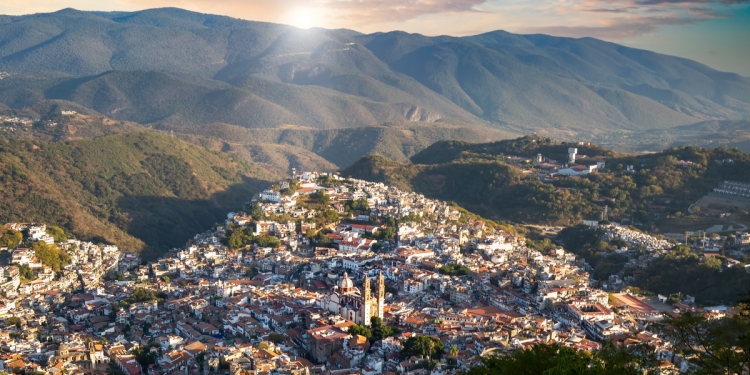

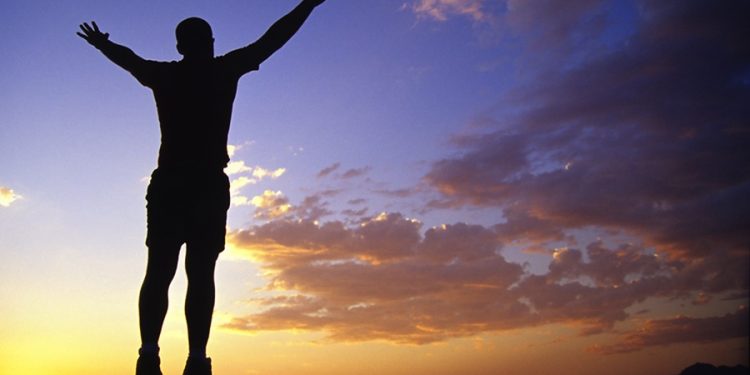
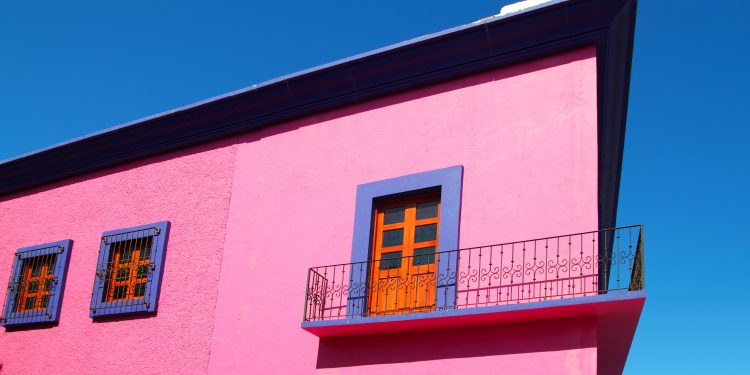

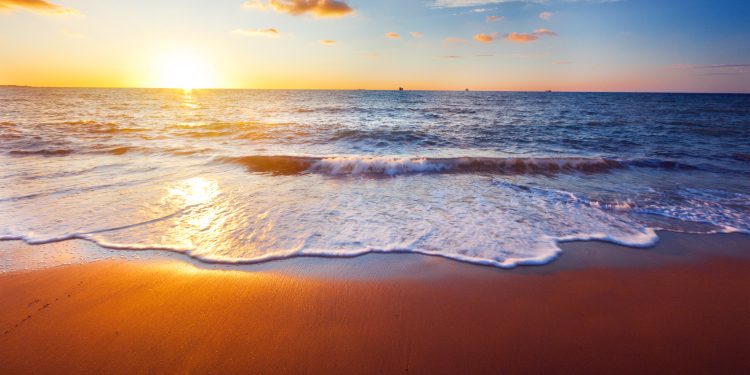
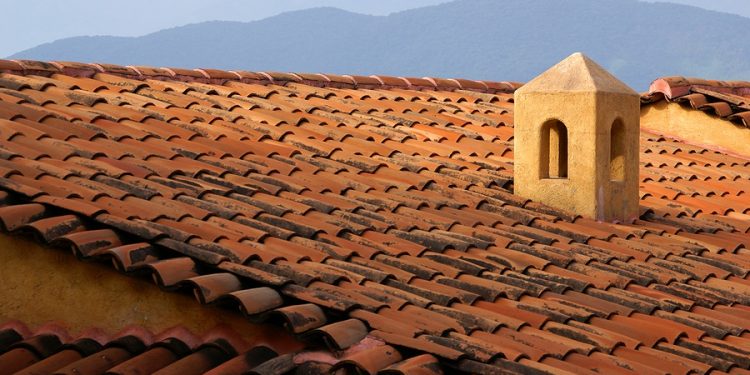
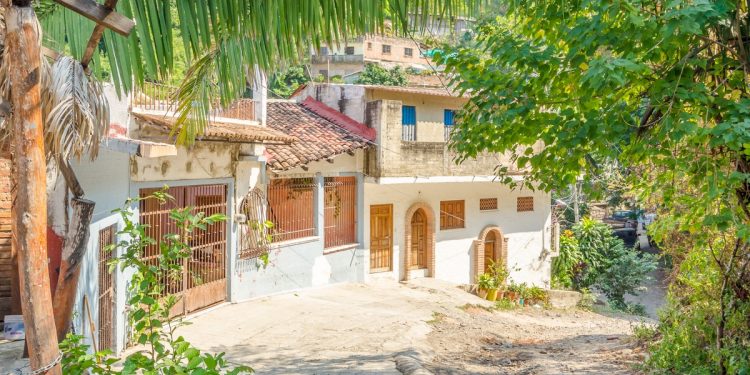

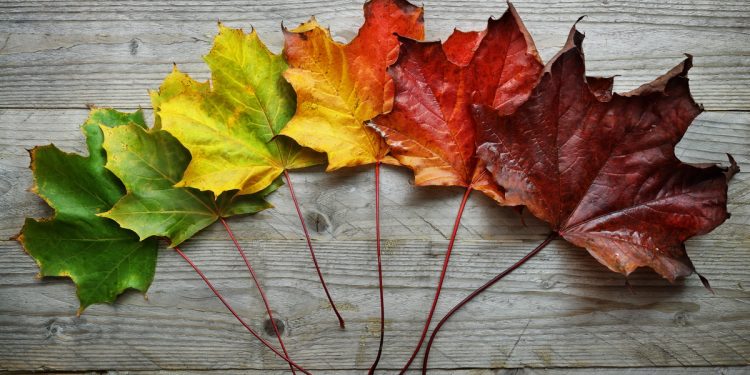
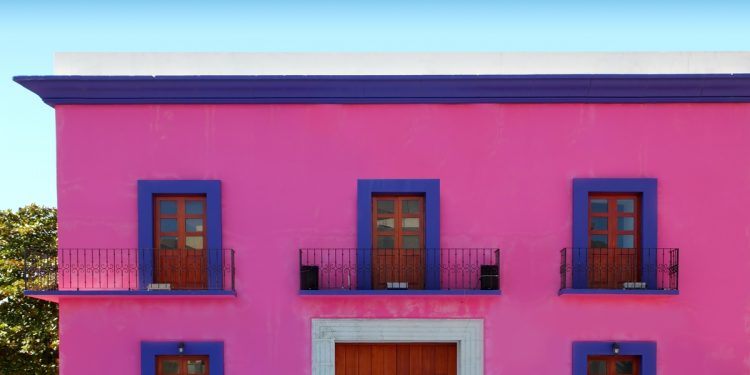
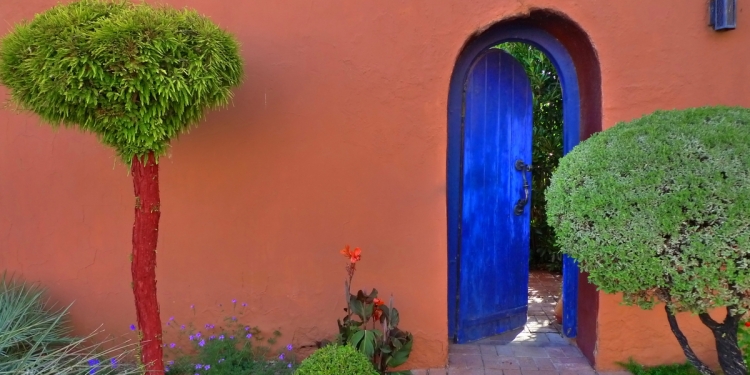
My wife and I drove our little Fiat all the way from Savannah, GA to Aguascalientes looking for a SMALL TOWN in the Mexican highlands to summer in. My theory was to limit my stay during the hot and humid months here in Georgia. We only found larger communities and were very disappointed. The small towns that we found were dirty and dusty. Any suggestions?
You might like to try Pátzcauro, in Michoacán.
I would love to learn about smaller cities or towns than most of those listed, and not magical cities which tend to be more expensive. There must be beautiful small towns with some but not many expats, with a temperate climate, inexpensive to live, not too far from good medical care and with decent Internet. San Cristobal is lovely but prices are rising swiftly. Patzcuaro is more expensive than San Cris. Puebla is large as is Morelia. How about something more than 20,000 and less than 200,000 where someone can rent a nice two bedroom house with yard for pets, and live well for 1000.00 US a month?
There are countless towns like that. Zinapecuaro is a great small town with hot springs and water parks all around it, and like other such towns: DIRT CHEAP. I live in Morelia and we always go there to the water park, Reino de Atzimba. Great place.
There are plenty of small towns with country-like atmosphare yet close enough to the city for needed medical care. The community of La Marquesa sits in between Mexico City and Toluca; it’s a well-forested area that boasts in culinary goods and outdoor anemities. It’s somewhat touristic among the capital’s residents. Another less touristic place is Amecameca which is roughly in between two large volcanoes: Popocatepetl and Iztaccihuatl. The town is about 31 thousand so there are medical services around. I bet you can find cheaper living in Amecameca since is less touristic. One cool thing is that close to it you can find a place call “Paso de Cortes” which is a road that goes exactly in between the two volcanoes! It’s called Paso de Cortes because that was the route the conquistador used to travel from the coast of Veracruz unto Tenochtitlan (Aztec capital), which is now Mexico City. Another place I can think off that should not be expensive either is Atlixco, not too far southwest of the city of Puebla. But like I said, there are plenty of small places in the central highlands; the places I mentioned are a little more humid than highland towns north of Mexico City.
Great suggestions, especially Paso de Cortez. Gracias
Patz is possibly the coldest city in Mexico!
Just so you know: You’ll freeze your backside off in Patzcuaro in winter. This takes some visitors by surprise, especially when they’re wearing shorts and sandals. And central heating is virtually unknown.
It’s true that it can get quite cold in Patzcuaro overnight and early mornings during the deep winter months, but many homes have fireplaces and/or electric space heaters to take-off the edge of the cold. Hotels I’ve stayed at offer space heaters and additional blankets during the winter.